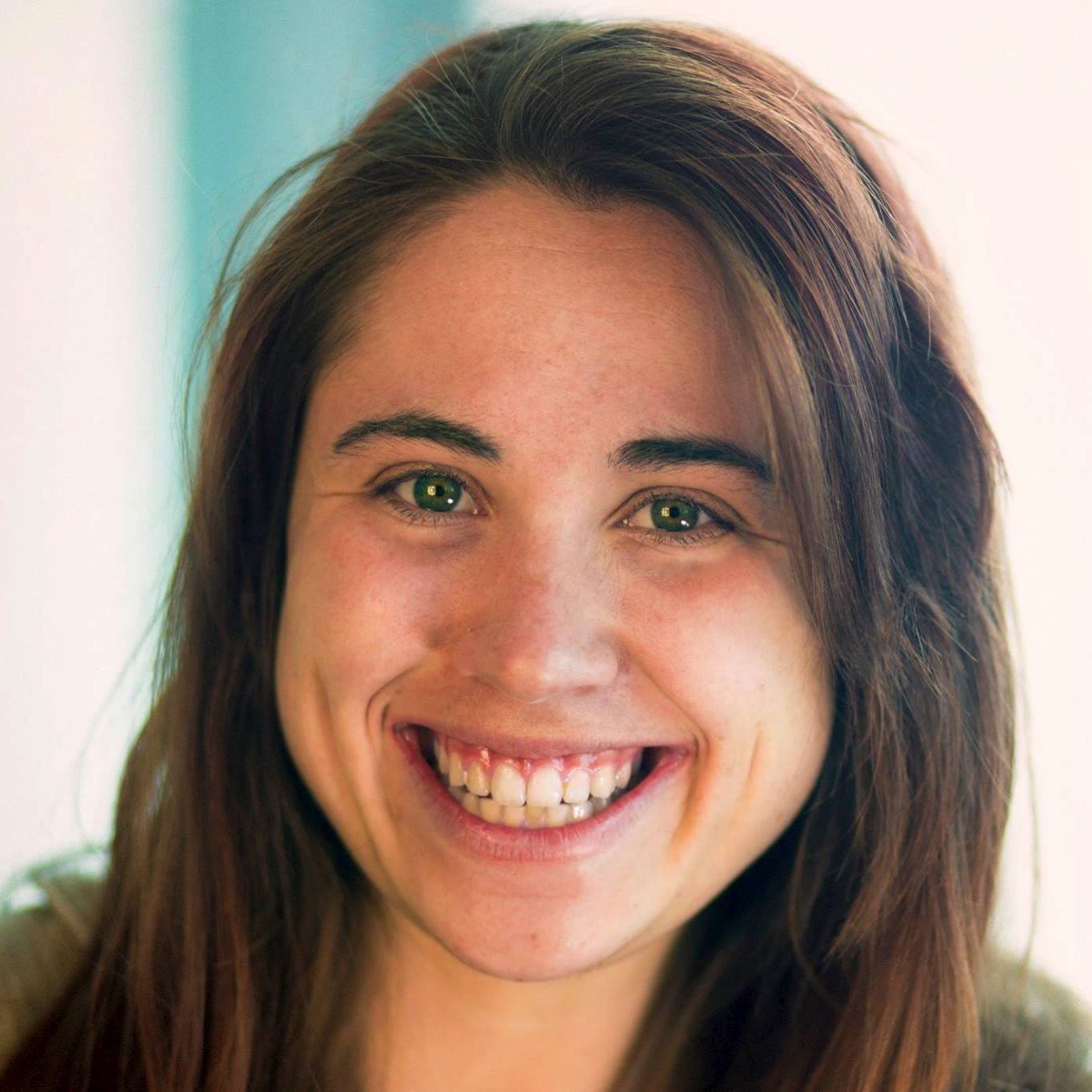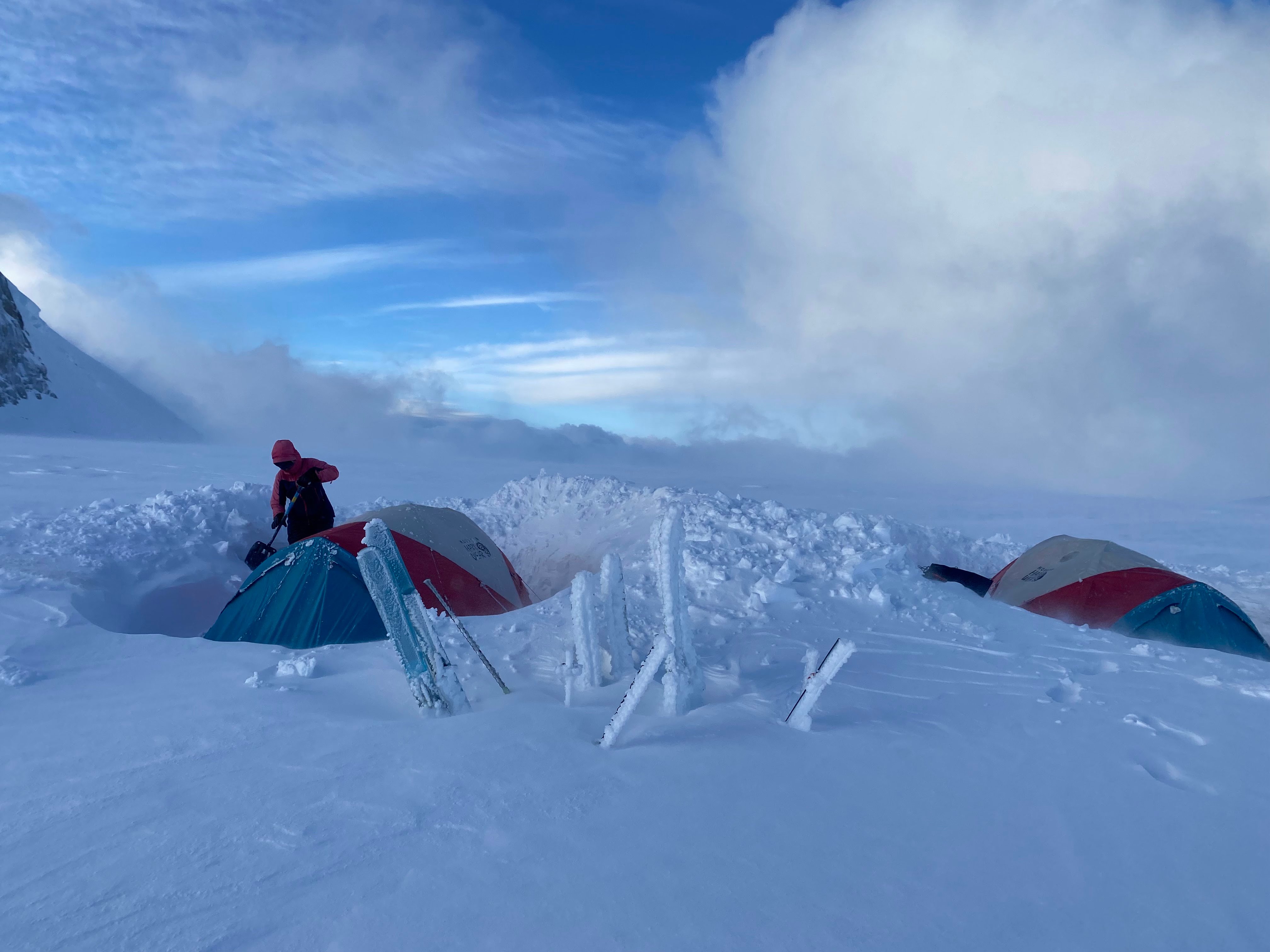
I was challenged in two realms on this course—scientific research and outdoor skills. It was incredible to realize how deeply connected these two worlds are. As someone incredibly passionate about the outdoors, I feel that the science aspect of this course further enhanced my understanding of my actions in the outdoor world.—Emilie Ginn, Tanzania Scientific Research Expedition
A team of eight students just returned from the Tanzania Scientific Research Expedition—a monthlong NOLS course where students worked alongside East African instructors, Maasai hikers, and faculty from Wyoming colleges to design and implement their own research studies on the slopes of Mt. Kilimanjaro and in Maasai Land in northern Tanzania.
Student Aria Nicoletti observes that the expedition “brought together scientists, history majors, avid backpackers, and never-before-hikers as we created this ragtag group of rad folk working together to understand anthropocentric effects on big mountains, food portioning, navigation, East African culture, why certain fungi are bioluminescent—and the answers to many trail riddles!”

This team worked to learn and apply NOLS skills, including expedition behavior and Leave No Trace, as they wrote hypotheses and designed scientific studies in the fields of microbiology, glaciology, botany, and aquatic ecology. Below are some of the big takeaways from the trip.
NOLS Provides a Unique Way to Do Research

For decades, NOLS has been visiting some of the most wild and remote ecosystems in the world—places that are often inaccessible by roads and vehicles. By conducting research on NOLS expeditions, students can do research in locations that are inaccessible to the rest of the scientific community.
We Put Our Expedition Behavior to the Test

Completing thorough and accurate data collection requires exemplary expedition behavior. Expedition behavior is the foundation of the NOLS curriculum; it is the idea that every individual’s willingness to do more than their share of tasks and give support to their team is what creates a successful expedition.
Climbing to Kilimanjaro’s 19,334-foot tall summit is hard enough on its own—now try creating a sterile lab, taking perfect notes, and problem solving how to collect data in the freezing cold and rain as you do it. A cook group and science team that supports you with hot drinks, snacks, and motivating words is the key to success in this extreme environment.
A Glacier’s Shape Impacts How Ice Is Lost
Most glaciers melt from their surface and their lower terminus, or edge, and then form huge glacial rivers below them. However, the unique shape and location of the Northern Kilimanjaro Ice Field causes it to recede differently. Intense solar radiation sublimates the ice on the glacial walls directly into the atmosphere, leaving very little water on the surface around the glacier.
Our team contributed to ongoing glacial research on Kilimanjaro by measuring ablation stakes on the surface of the glacier. Ablation stakes are PVC pipes struck into the ice that allow researchers to measure how deep the snow on the surface of the glacier is relative to previous years. Our data this year showed a decrease in snow mass on the glacial surface from previous years, suggesting the continual retreat of this equatorial glacier.
The NOLS Practice of LNT Is Something to Be Celebrated and Encouraged

Around 50,000 people climb Kilimanjaro every year—not including the hundreds of thousands of porters who assist them. Preliminary results from student research shows that this traffic could have a significant impact on the macroinvertebrate diversity in streams on the mountain, a common indicator of water quality.
Students measured macroinvertebrate diversity in streams near large impacted campsites and compared it to streams in less traveled areas of the mountain. In the impacted areas, they found no macroinvertebrate life whereas they found several species in less impacted areas. Practicing good Leave No Trace skills can help preserve and protect the waterways on this beautiful mountain.
Aria Nicoletti found she was "able to see human impacts on the micro community of this massive mountain, and then was able to relate that to larger scale environmental issues...I was able to become a better ethical outdoor enthusiast and a better environmental steward."
We Go to the Places, but We Remember the Faces

Climbing Mt. Kilimanjaro, seeing large African animals, and conducting scientific research were what drew participants to this expedition. However, the fondest memories we took home were the time we spent with our East African friends—NOLS instructors KG and Evan, Maasai hikers Abele and Johanna, and Tanzanian Climbing Ranger William.
Whether hearing stories from Abele and Johanna about lion hunting and Maasai witch doctors, or sliding down massive snow slopes and laughing and joking around with William, our learning was so much richer because we did it alongside Tanzanians. Laughter and good food around a Whisperlite stove were often the shared language as we built bonds despite our cultural differences.
Climbing Mountains Has the Power to Inspire Whole Communities of People
Jada Antelope, a member of this team, was the first Northern Arapaho woman to summit Mt. Kilimanjaro. While climbing, she spoke of how having her peer and friend Gabriel Spoonhunter climb the mountain the previous year was a huge inspiration. She hopes that she can continue to inspire members of the Wind River Indian Reservation to go after their own goals.
In her words, climbing Kilimanjaro is “all a mental game. If you think you can and believe you can, then your body can carry you anywhere. It taught me how to be mentally strong, how to push through, and [how to] obtain this huge goal.”
We Can All Be Scientists

Student Emilie Ginn says the expedition changed the way she thought about science, learning, and the environment: “This course was an absolutely incredible experience. Before this course, I understood 'science' to be something that I was not good at. In school, I did not always understand the lab experiments and the reasons for doing them. Through this course, I had the opportunity to design my own research project focused on something I am very passionate about—the environment and the outdoors. I felt supported by everyone around me, and received helpful feedback.”
“By performing this research in a non-traditional classroom setting, I was able to gain a better understanding of the implications of my findings. By studying human impact on the environment, through the study of macroinvertebrates, I came away from the course with a greater appreciation for the environment's natural processes and a better understanding of the way humans alter the world around them. This course allowed me to realize that 'science' isn't just for students in labs, but it is a field accessible to anyone, with the right support.”
Watch: Highlights of the 2020 Tanzania Scientific Research Expedition
Video by Margot Murphy
The Tanzania Science Research Expedition is an educational partnership supported by The University of Wyoming Haub School of Environmental Resources and The Central Wyoming College Alpine Science Institute.
- Leadership Skills
- Study Abroad Stories
- Environment
- Mount Kilimanjaro
- Research
- Stewardship
- Education
- Nols Tanzania
- Science
- Stories
- Student Stories
- Leadership
Written By
Mara Gans
Mara is a field instructor with NOLS and has worked with Central Wyoming College’s Alpine Science Institute to help conduct research across the western U.S. and East Africa. She loves brushing her teeth and doing science in the mountains. Follow her on Instagram @mara_gans.



